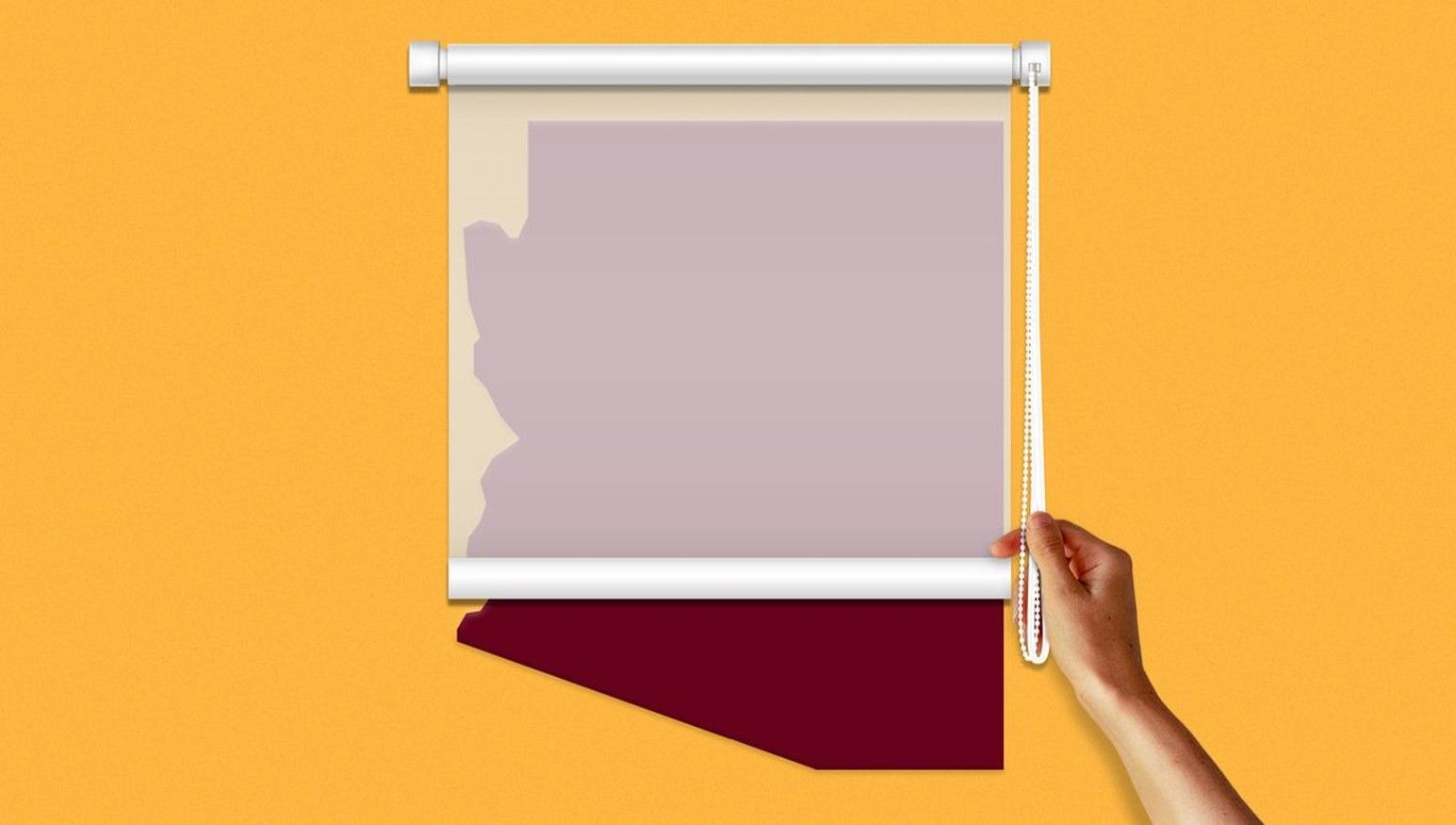Business Practices, eNews
The frightening truth about year-end payment delays

As year-end approaches, credit professionals face a familiar haunting: customers suspending payments and disappearing into the night, causing cash flow challenges just when stability is needed most. From dodging payments to “ghosting” invoices, slow-paying customers can turn the year-end into a horror story for credit teams.
Why it matters: Mastering strategies to handle these slow payers will keep cash flowing and risk at bay as you close out the year. Here’s your survival guide to tackling year-end collections so you can ward off any cash flow scares.
Why are customers paying late?
Year-end slowed or delayed payments have become common practice for businesses. Oftentimes, companies that operate seasonally or are facing tight economic conditions will hold off on non-essential payments, saving their credit debt for last. Many customers intentionally make late payments so they can report a stronger financial position at the end of each quarter or year.
Tricks to speed up year-end payments
#1 Communicate often. The more a customer hears from you, the more they will trust you, and the more willing they will be to pay you. You will also be able to better assess their financial situation. “To streamline the process, we make sure that we touch base with all of our customers every month, even if they have an invoice due on the last day of the month,” said Carolyn Dean, credit and collections manager at Huntsman Building Solutions (Arlington, TX).
#2 Send invoices early. Sending invoices in advance encourages slow-paying customers to make early payments. You can also send reminders after the due date. It helps to have an automatic system that triggers a payment reminder notice.
#3 Apply a credit hold. A credit hold suspends or reduces credit limits for customers who miss payments or exceed their credit limit. Although often used as a last resort, implementing credit holds is sometimes necessary. “We remind our customers, many of whom are seasonal, that they will be on a credit hold until their debt is paid, or their accounts are current,” said Brooke Wilson, ICCE, region credit manager at Volvo Penta of the Americas (Chesapeake, VA). “It incentivizes them to pay on time as opposed to facing any challenges during their on-season.”
#4 Enforce late payment fees. Enforcing late fees can incentivize customers to pay invoices promptly to avoid incurring additional costs. The effectiveness of late fees depends on the customer’s financial stability, the size of the invoice and the overall business relationship. “We have finance fees on delayed payments to offset our accounts receivable management costs,” said Scott Dunlap, director of credit and collections at Coleman Oil Co. (Lewiston, ID). “If the customer manages to keep good communication and cooperates with us, then we’re willing to work with them. Decisions are therefore made on a case-by-case basis.”
#5 Offer special discounts. Offering special discounts to your customers can decrease the likelihood of a customer holding payment. Consider offering clients a discount of 1% or 2% if you receive their payment a certain number of days before the invoice due date.
#6 Leverage outstanding inventory. Withholding inventory from slow-paying customers will incentivize them to pay more quickly. “In the past, if we knew that they needed material in the next fiscal year and they were hot after it, we leveraged their backlog until they paid their past-due invoices,” said Gary Juliano, CCE, senior credit manager at ATI Specialty Materials (Monroe, NC).
#7 Work with sales. The sales department can provide more information about a customer because they’ve also established a relationship with them. This information can help you find more efficient solutions to slow year-end payments.
The bottom line: By employing strategies such as early communication, credit holds and special discounts, credit professionals can effectively navigate the challenges of year-end collections and ensure financial stability. “As much as we may set firm guidelines, not every situation will fall squarely within them,” Dunlap said. “You have to navigate the gray areas in credit management to successfully conduct business.”





